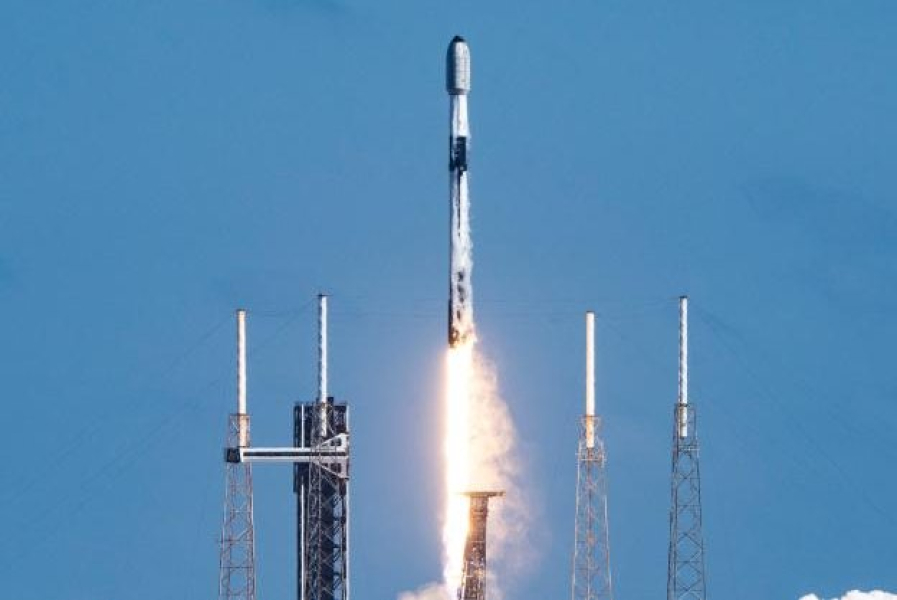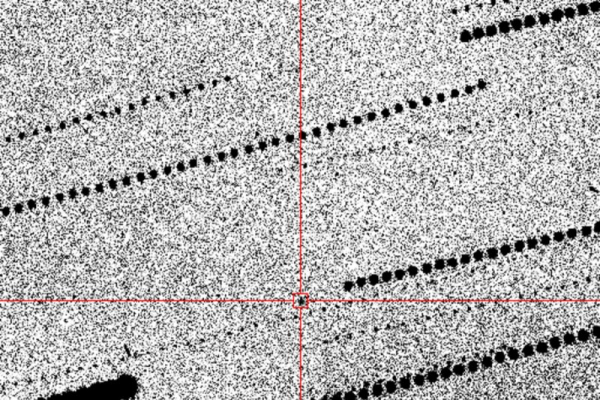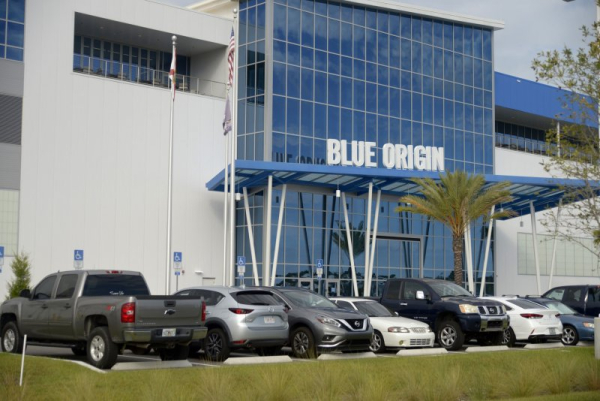
SpaceX successfully launched 23 Starlink satellites into orbit from Cape Canaveral Air Force Station on Friday morning, marking the 450th launch of its Falcon 9 rocket.
At 10:19 a.m. ET, a Falcon 9 rocket delivered the satellites, including 13 with direct cellular capability, into low Earth orbit from pad 40.
This was the 21st flight of this first stage booster, including 12 Starlink launches.
Eight minutes after liftoff, the rocket landed aboard the unmanned vessel A Shortfall of Gravitas in the Atlantic Ocean.
The satellites entered orbit an hour after launch.
SpaceX successfully landed the first stage of its rocket on its drone ship off the coast of the Bahamas on Tuesday, marking the “first international landing of a first stage rocket” for a private company.
SpaceX's next launch is scheduled for Saturday at 2:42 p.m. PT from Vandenberg Space Force Base in California.
SpaceX also plans to launch from Kennedy Space Center no earlier than Wednesday to carry Intuitive Machines' second robotic mission to the moon. The Falcon 9 is set to deliver several commercial payloads along with three NASA science payloads as part of the agency's Commercial Lunar Payload Services program.
“Humanity has never seen three lunar landers heading to the Moon at the same time, and Athena is ready to demonstrate its capabilities,” said Intuitive Machines CEO Steve Altemus in a press release. “This unique opportunity to make history is not just about technology — it’s the result of the tireless work of our team, who have turned the company’s ambitions for regular lunar missions into reality.”
It is an important part of NASA's Artemis program to explore the Moon.
The landing of humans on the Moon is not planned until 2027.
Sourse: www.upi.com





